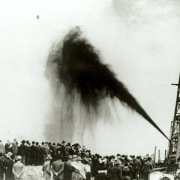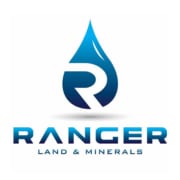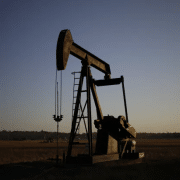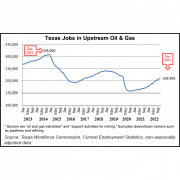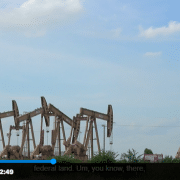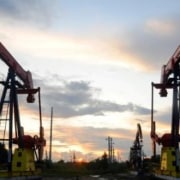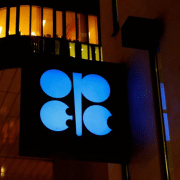Since the initial discovery of oil at Spindletop on January 10, 1901, the financial fortunes of the Texas state government have tended to ebb. Thanks to oil and Gas! For the flow of fortunes of the state’s oil and gas industry. In his biennial official state revenue estimate that precedes each legislative session, Texas Comptroller Glenn Hegar showed that, 122 years later, that relationship has not changed.
On Monday, Hegar delivered the best budget news in the state’s history. The Comptroller reported that legislators will have a record budget surplus of $32.7 billion to work with as they formulate the state’s budget for the 2024-25 biennium.
Writing in the Austin American Statesman, Hegar attributed much of the credit for the happy revenue situation to the state’s oil and gas industry. “Texas revenues over the last 18 months have been remarkable,” Hegar says. “Only three times in the last 30 years has Texas total tax collection grown by double digits over the previous year. Those three increases range from 10 to 13%. By comparison, last year’s increase was a whopping 25.6%…with staggering growth from oil and gas severance taxes.”
The growth in state severance tax collections is not surprising, given that the tax is assessed on the sales value of the production, not as a percentage of volume as is the case in some other states. Thus, the high commodity prices for both oil and natural gas during 2022 were big drivers of this increase.
Click here to read the full article
Source: Forbes
If you have further questions about the topic, feel free to contact us here.

